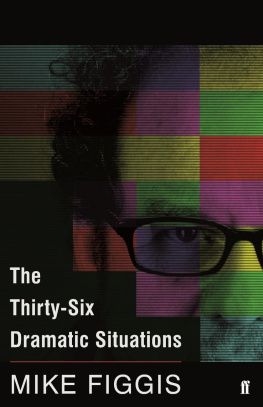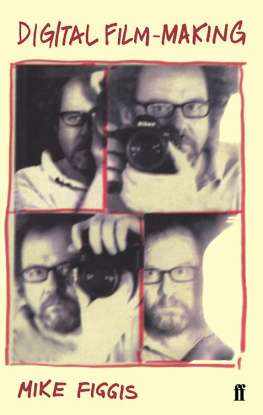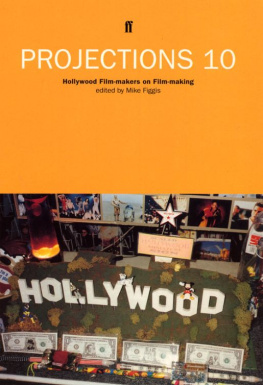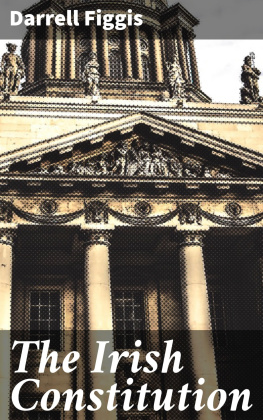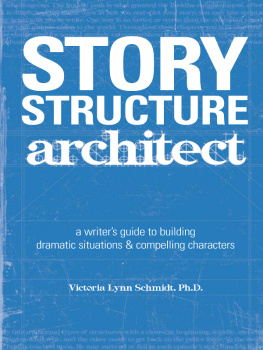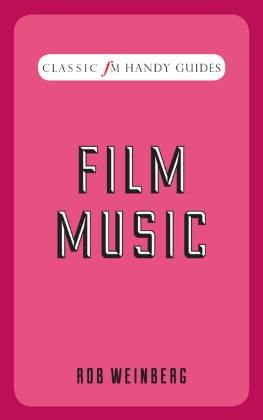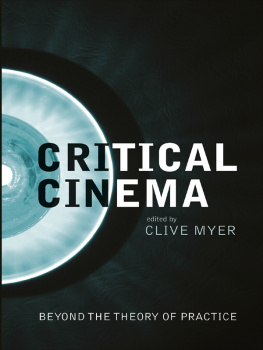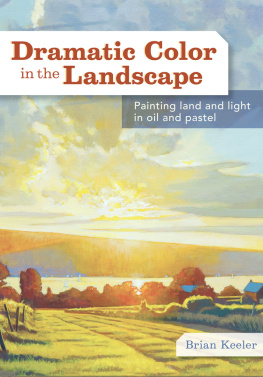Figgis - The 36 dramatic situations for film
Here you can read online Figgis - The 36 dramatic situations for film full text of the book (entire story) in english for free. Download pdf and epub, get meaning, cover and reviews about this ebook. City: London, year: 2015;2017, publisher: Faber and Faber, genre: Home and family. Description of the work, (preface) as well as reviews are available. Best literature library LitArk.com created for fans of good reading and offers a wide selection of genres:
Romance novel
Science fiction
Adventure
Detective
Science
History
Home and family
Prose
Art
Politics
Computer
Non-fiction
Religion
Business
Children
Humor
Choose a favorite category and find really read worthwhile books. Enjoy immersion in the world of imagination, feel the emotions of the characters or learn something new for yourself, make an fascinating discovery.
- Book:The 36 dramatic situations for film
- Author:
- Publisher:Faber and Faber
- Genre:
- Year:2015;2017
- City:London
- Rating:4 / 5
- Favourites:Add to favourites
- Your mark:
- 80
- 1
- 2
- 3
- 4
- 5
The 36 dramatic situations for film: summary, description and annotation
We offer to read an annotation, description, summary or preface (depends on what the author of the book "The 36 dramatic situations for film" wrote himself). If you haven't found the necessary information about the book — write in the comments, we will try to find it.
Figgis: author's other books
Who wrote The 36 dramatic situations for film? Find out the surname, the name of the author of the book and a list of all author's works by series.
The 36 dramatic situations for film — read online for free the complete book (whole text) full work
Below is the text of the book, divided by pages. System saving the place of the last page read, allows you to conveniently read the book "The 36 dramatic situations for film" online for free, without having to search again every time where you left off. Put a bookmark, and you can go to the page where you finished reading at any time.
Font size:
Interval:
Bookmark:

to Georges Polti
- THE 36 DRAMATIC SITUATIONS
Each genre of narrative storytelling has its limitations and advantages. The development of the novel opened up complex psychological possibilities. In the readers mind the text is immediately translated into imagery via the internal cinema of the brain. The sophisticated marriage of language and personal visualisation make the novel the most complex and interesting of all genres.
Theatre, with its somewhat limited range of visual effects and staging, has to rely heavily on the spoken word (of the actors, already a translation of the writers intention). Consequently, narratives have to be simpler and shorter so as not to bore an already restless audience expecting to be entertained. Theatre borrows something from the novel. It expects the audience to add their own internal contribution to the drama. The sets may look fake, but with a little imagination and half-closed eyes we can allow ourselves to be seduced by the actors reading of the text.
Cinema arrived and, with its innovative techniques and larger-than-life image, dragged theatre into a new reality. At its birth cinema attempted to film theatre, and then, as it took on board one technological innovation after another, quickly moved away from these limited techniques and began attempting to emulate the novel, converting its internal cinema into a visually rich celluloid experience. It is difficult to imagine the impact early cinema must have had on audiences because moving imagery and visual effects have become so much a part of our experience from birth. Its almost impossible to imagine a world without this eye candy.
However, cinema still has one problem when compared to the novel: once a film actor is chosen, the character, for better or worse, will always have that actors face, whereas the novel will always have the individual casting of the reader and is thus far more flexible. Each reader is having a unique experience.
But the cinema is the winner in every other sense, mainly because of its size and its brightness. In the Olympics of the senses, the eye will always win. Humans are programmed so that our eyes feed the bulk of the information to the brain, supported by sound, smell and touch. Whether we like it or not, we will always be seduced first and foremost by big bright pictures (and also small bright pictures like on the iPhone).
Earlier this year I had a productive meeting with a Hollywood studio and agreed to write an original script based upon a few ideas: namely, a contemporary LA story, a thriller with a female protagonist. Id always enjoyed the blank canvas of LA for film, and the thriller is a very malleable genre for writers.
The first stage was to deliver a treatment that put these basic notions into a plot structure. A deadline was agreed that gave me about seven days to come up with something. The quick timing was my idea: I wanted to see just how the studio would react to something a bit more concrete than a pitch.
All writers have their own systems for writing. Mine is very simple: I do nothing until the very last moment. The word nothing is, in this context, misleading. I fill my time with menial tasks: I iron shirts, rearrange the furniture anything that allows the imagination to float unhindered. I try to fake a dream state where the brain actually knows what it has to do and can get on with it. It works for me because my brain is working on the ideas unfettered by the limitations of the formal writing process.
And so, as my deadline got ever closer as I decided to tidy up all my bookshelves and get rid of the books which no longer deserved space and would thus make room for the piles of newer books on the floor. I came across a slim green paperback entitled The 36 Dramatic Situations by Georges Polti. A distant bell rang in the memory department: maybe a student gave the book to me? I did remember having resolved to read the book (long forgotten, obviously), so I began flicking through the pages and then reading the book from cover to cover. It appealed to my belief in serendipity and the Jungian idea of chance: I was about to write a story and here was a book on dramatic-writing technique. (I was also tickled by the fact that anagrams of POLTI are I PLOT and PILOT.)
I began looking up some of the references that accompany each of Poltis situations. The Internet was a vital tool, and it became clear that the majority of the examples in the book were from long-forgotten writers (aside from obvious authors like Shakespeare and Dumas) and that therefore it was difficult to understand the references. I wondered how Poltis ideas would hold up within the genre of cinema. I started to make notes. As my writing became more detailed, my interest blossomed.
I made a graph of the 36 situations and then began adding selected films to see how the Polti method would react to cinema. It was immediately fascinating. I submitted all of my own films (those which I had been the writer of) and could see how very few of the 36 situations I had used repeatedly. This proved to be the case with the work of other directors too. Which, of course, makes complete sense. It was the maestro Luis Buuel who, in his book My Last Breath, talked about the few childhood experiences that shaped his creative thought and how he (and all of us) revisited those images and ideas time and time again. But Buuel and the other greats of cinema would wrap these ideas in bizarre plot twists. In order to be able to do this, we writers need to be reminded periodically of the bigger picture of drama.
As I translated the Polti situations from the genre of theatre into cinema, it opened up a debate in my notebook: namely, what are the crucial differences between the two forms?
Lets begin with a banal question. Why would we want to go to a public space, sit in the dark with strangers and watch a group of men and women pretend to be characters in situations that clearly are not real, faking love, death, jealousy, hatred and sex? Put like that, it does seem decidedly odd, does it not?
But drama has existed for a long time and would seem to be an integral part of all cultures. I believe it exists for a profound reason, and ultimately this has almost nothing to do with the concept of entertainment. Drama exists because we need it. We need a public forum within which fundamental issues can be discussed: basically, the issues of mortality, and the big one, Is this all there is?
Theatre developed as an excellent forum for these debates, and the basic issues were placed within the context of stories. But the limitations of theatre are self-evident. Finding a balance between intimacy, economics and the size of the audience quickly curtailed the possibilities and, by necessity, created a specific style of theatre acting. In a large theatre (400-plus people) anyone sitting anywhere other than in the front rows is going to see the stage as a single image containing a set and people what we in cinema call a wide shot. Consequently, the style of acting has to acknowledge that physical fact. Voices need to be artificially projected, emotional gestures need to be amplified (to see this at its worst, watch any opera) and the physical scenery can be moved only at specific breaks in a scene. Great theatre actors have managed to transcend these crude limitations and theatre does have one big ace up its sleeve
INTIMACY. The connection with the audience is vital. If you think about an audience in a theatre and an audience in a cinema, this becomes very clear. Its unimaginable for a theatre spectator to be eating, making phone calls, going to the bathroom, etc. (although in recent times these habits have started to occur in live theatre as well as in cinema).
Font size:
Interval:
Bookmark:
Similar books «The 36 dramatic situations for film»
Look at similar books to The 36 dramatic situations for film. We have selected literature similar in name and meaning in the hope of providing readers with more options to find new, interesting, not yet read works.
Discussion, reviews of the book The 36 dramatic situations for film and just readers' own opinions. Leave your comments, write what you think about the work, its meaning or the main characters. Specify what exactly you liked and what you didn't like, and why you think so.

